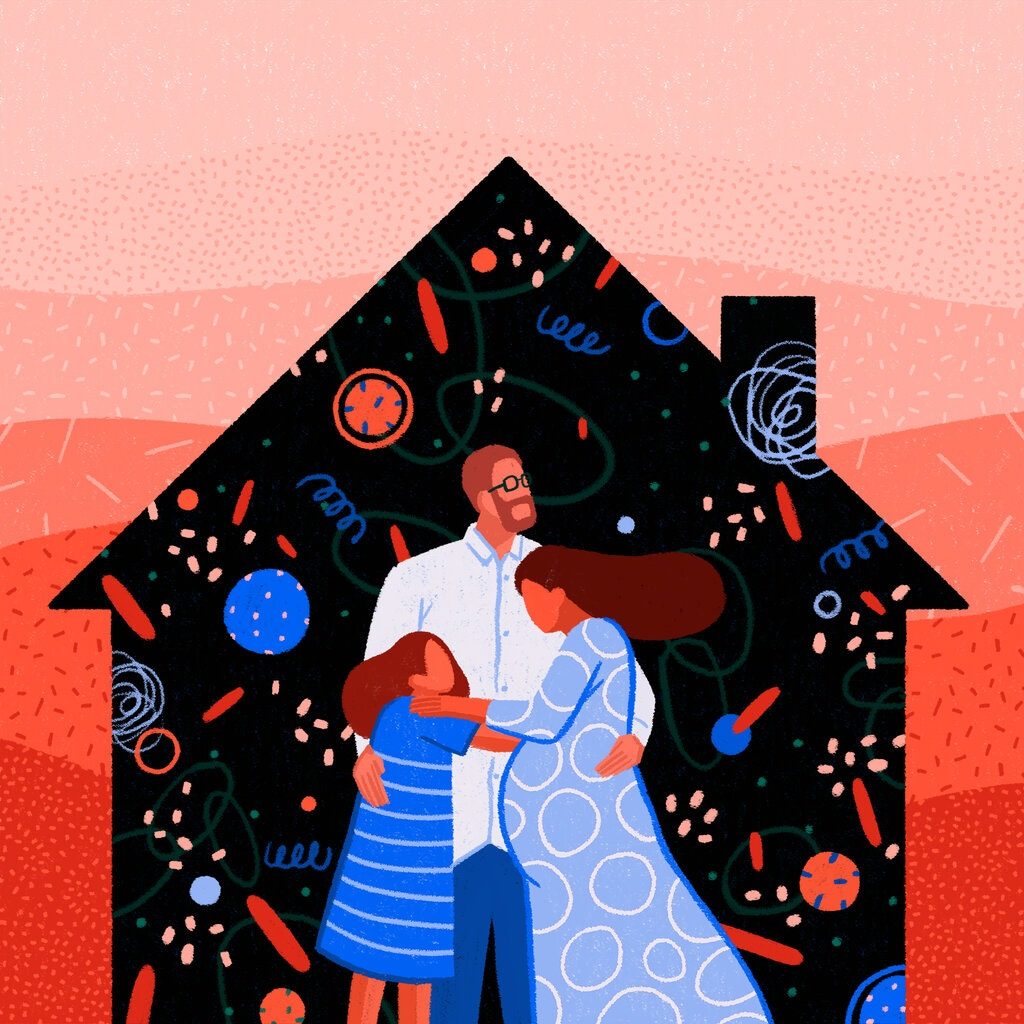They’re everywhere and can impair fertility and interfere with child development.

By Erik Vance
I was on vacation so I asked Erik Vance, one of NYT Parenting’s staff editors, to take the wheel of the newsletter. This week, he’s highlighting a series by the science writer Liza Gross about the worst chemicals for your family, and how to avoid them.
— Jessica Grose, Lead Editor, NYT Parenting
Many years ago I spent a semester abroad in Lancaster, England, studying ecotoxicology, which essentially examines all the horrible chemicals swirling around the modern world. Suddenly, Great Britain seemed less a country than a massive pile of toxic chemicals off the coast of Europe. There were the POPs, PCBs, PBDEs, plus DDT and BPA; there was lead, mercury, arsenic and cadmium. Dioxins, glyphosate, microplastics, oh my!
It was so overwhelming I just tried to put it all out of my mind. Through my invincible 20s, I lived in apartments with lead paint where I heated plastic-wrapped meals in the microwave, ignoring the dangers for the sake of cheap rent and greasy fast food.
But now I’m a dad and there’s a lot more at stake than just my health. How do I keep these chemicals from hurting my kid? Should I crack my dusty ecotox books? You need a Ph.D. to understand half of them. I needed someone to sort out the crazy acronyms and inscrutable jargon. Just tell me, what are the three biggest chemical threats to my family’s safety?
So I called Liza Gross. Not only is she an award-winning science writer who has covered toxic chemicals for more than two decades, she wrote the book on investigative science journalism. She’s not a scientist by training, but came to the topic after researching a story on cancer in 1999 and has been hooked ever since.
I asked her to pick the worst chemicals that parents encounter each day and write about them. Simply put, what are the three toxic chemicals most likely to affect our homes and children? Liza promptly laughed straight into my phone’s earpiece.
“I mean, there are so many thousands of unregulated chemicals and even regulated chemicals,” she said. “It’s not as if we’re like lab rats that are exposed to one chemical all the time.”
New to The Times?
It was like asking the director J.J. Abrams to list the top three movies of all time — including ones he hasn’t seen. That’s the problem with synthetic chemicals that affect our health: There are too many, they are everywhere and only a few have been well studied. Nevertheless, Liza took the assignment — and has been cursing my name every day since.
“I think you might have chosen me because you know I’m insane,” she said, months later. “I figured you knew that it was an impossible task.”
Liza called leading scientists, advocates and physicians who, after laughing in her earpiece, helped compile a list of 10 or so of the best candidates. She then painstakingly whittled the list to three: phthalates; PFAS, or per- and polyfluoroalkyl substances; and flame retardants. All three groups of chemicals appear throughout our homes and can disrupt our hormone, or endocrine, systems. Phthalates can impair fertility, PFAS can affect pregnancy and flame retardants can interfere with child development. The triple crown of toxicity.
Along the way, Liza has gone down endless rabbit holes. She’s learned that the placenta does not block as many chemicals as doctors assume. She’s seen that when a law bans one dangerous or lethal chemical, companies start producing a slightly different one that does the same thing, dryly called “regrettable substitutes” by scientists.
“We’re talking about scientists, who tend to be the masters of understatement,” she said.
Mostly she has found mothers bear an unequal share of the burden to protect kids from exposure to toxic chemicals. And that a chemical that is safe for a 25-year-old woman may not be safe for a fetus or a child. Something she encounters as a kid may have effects decades later.
It’s not fair that parents need a Ph.D. in biochemistry to read labels. It’s not fair that companies often don’t disclose potentially harmful chemicals in their products. But this is the world we live in. So, over the next few weeks, NYT Parenting will examine the three chemicals that Liza identified. And perhaps suggest a few ways we might make our chemical world a little safer for the next generation.
Fuente: https://www.nytimes.com/2020/08/26/parenting/home-toxic-chemicals.html

